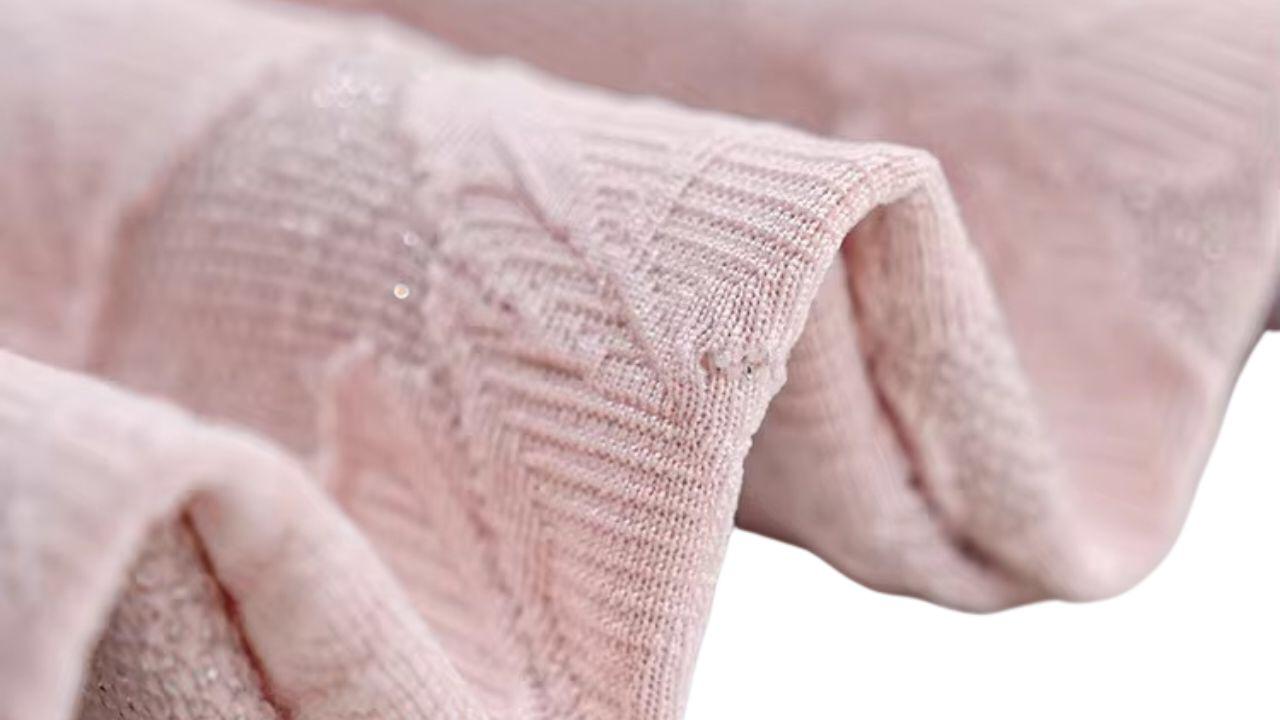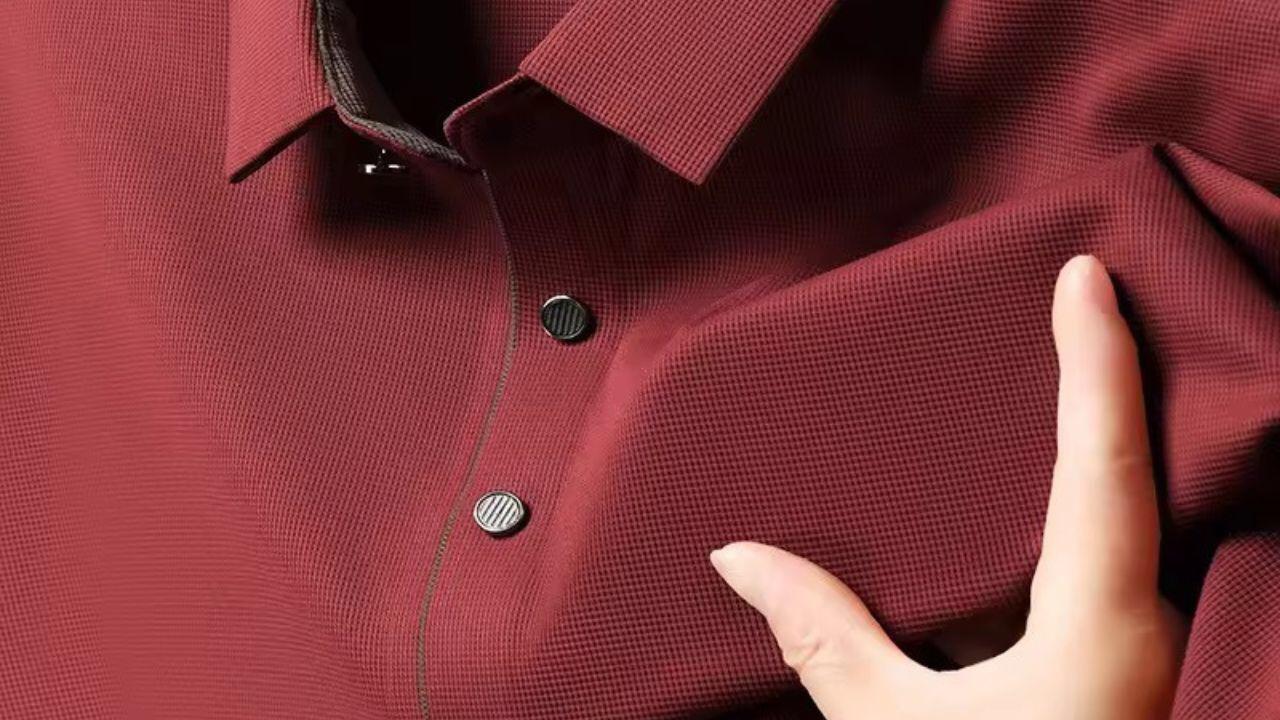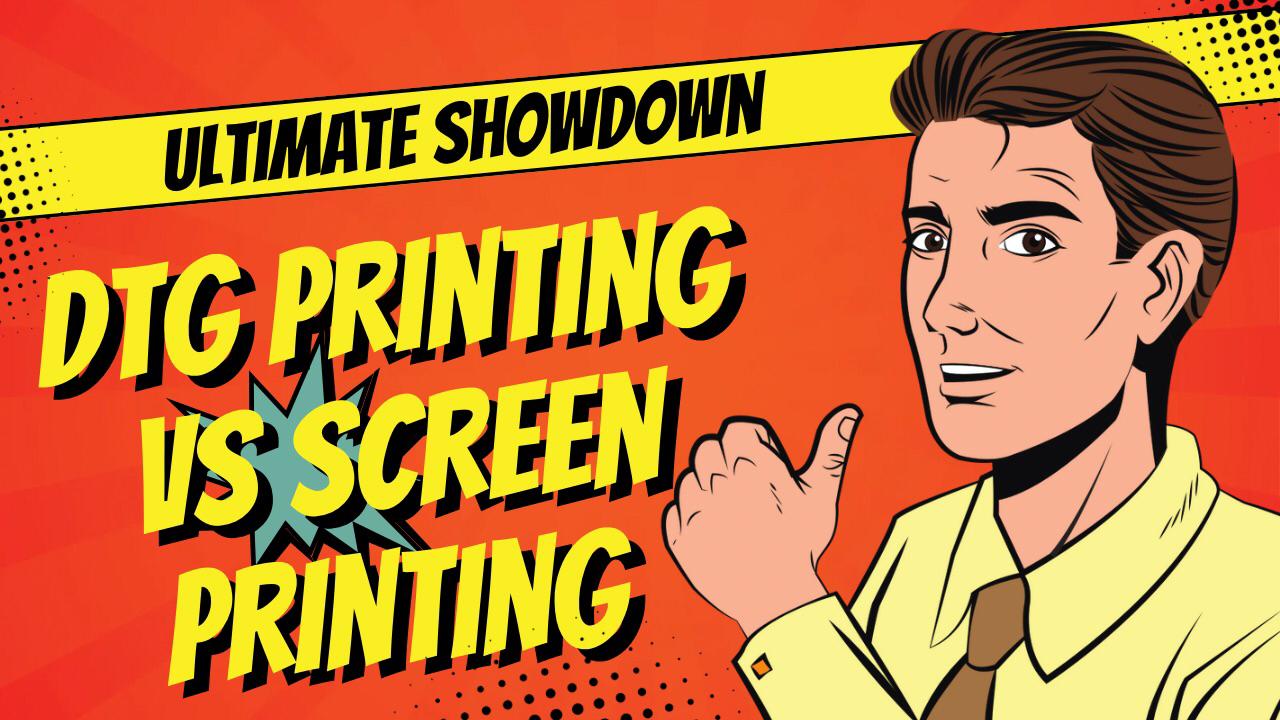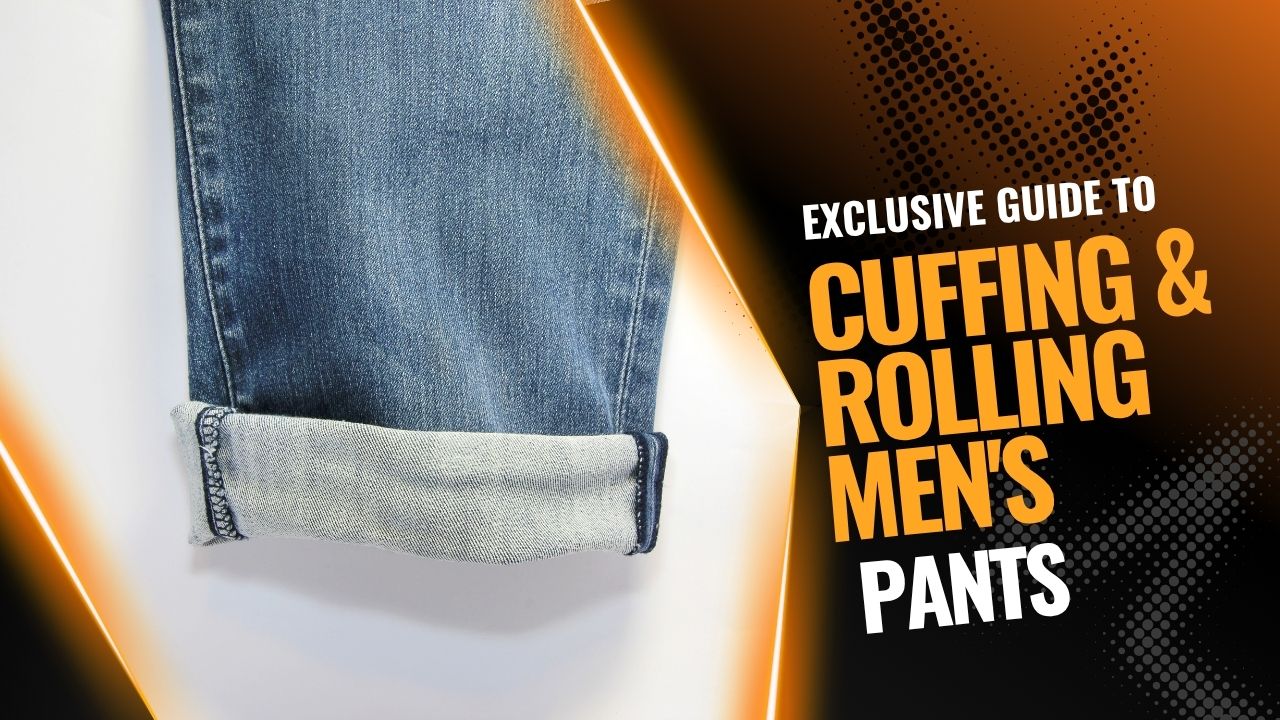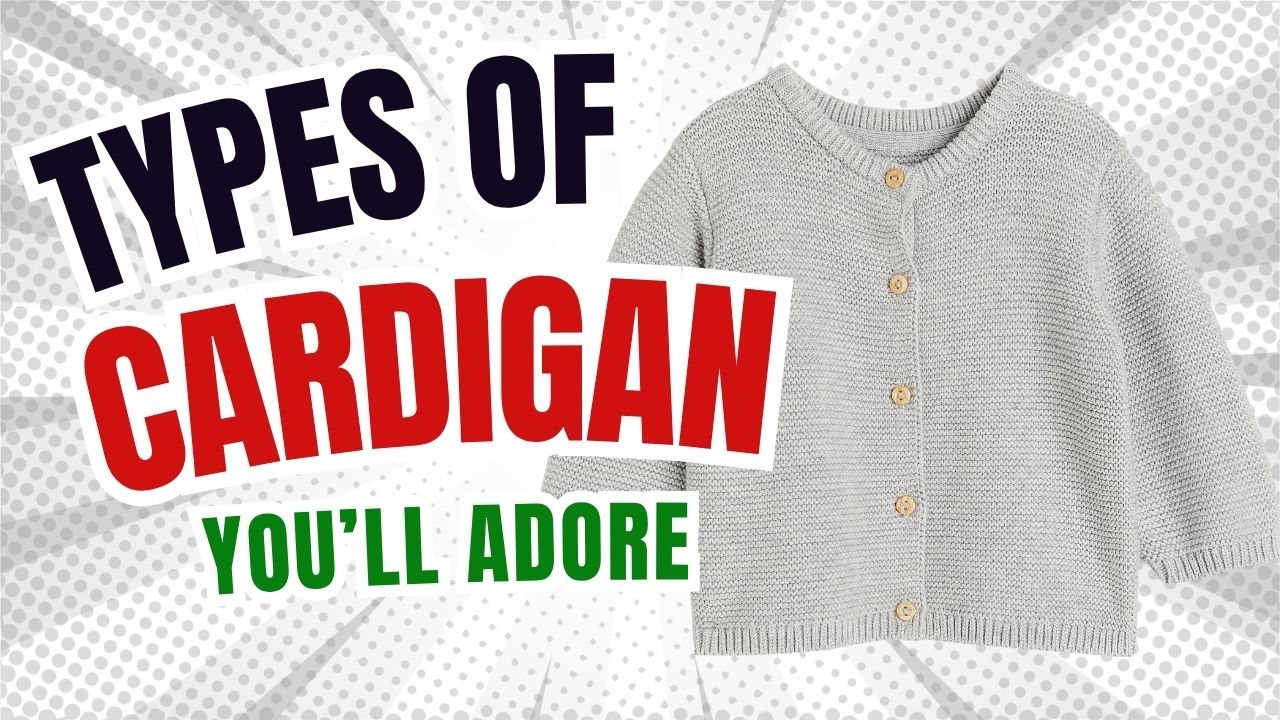Gripping Fabrics Knitted Types You Need to Know
When exploring fabrics knitted types, it’s important to understand that knitted fabric differs from woven cloth by its looped construction, offering more stretch and comfort. The main categories include weft knitting and warp knitting, each with unique subcategories. Weft knitting produces popular single knits like jerseys and double knits such as rib, while warp knits include types like rib and tricot. These knits fabric options are widely used in various textiles and applications due to their flexibility and softness.
From my experience with cut and sew manufacturer services, selecting the best type of knit depends on the fabric’s fiber composition and intended use. For example, some of the lightest fabrics are created through specialized knitting techniques, making them perfect for lightweight types of cardigans and other comfortable garments. Understanding these fabric types helps in choosing materials that balance durability, stretch, and breathability for diverse fashion needs.
Gripping Fabrics Knitted Types You Need to Know
What Are Knit Fabrics?
Knit fabric is made by knitting yarn into interconnected loops, creating rows that repeat to form a stretchy and pliable material. Unlike woven fabrics, which use threads crossing at right angles, knitted fabrics have loops that give them natural elasticity, making them perfect for comfortable garments like sweaters, stockings, and hats.
While hand-knitting is an art practiced by seasoned knitters, it’s a slow and tedious process. Most knit fabrics today are created by machines for fast and mass production, allowing the manufacturing of large quantities of material used in many clothing items.
What Is A Knitted Fabric Made From?
Knitted fabrics are mostly made from yarns or filaments that can be natural or polymeric. In industrial applications, the majority of these fabrics are formed by catching and linking loops in a repeating pattern row by row. This interlocking process creates a flexible fabric, often produced by advanced knitting machines.
Modern knitting machines come in flat or cylindrical frames to produce an entire piece of fabric efficiently. Thanks to ongoing development and improved gear, the current industry can create many types of knitted materials quickly and with high quality.
What Are The Different Categories Of Knit Fabrics?
Knit fabrics fall into two main categories based on their knitting technique and how the loops are formed. In weft knitting, loops are created horizontally with a single yarn that builds each new row by linking to previous rows—this is also called course-wise knitting. It produces soft, warm, and cozy fabrics with natural elasticity, making it popular for sweaters and casual wear.
On the other hand, warp knitting uses many yarns forming loops vertically along the fabric length. This method creates a stronger, more stable fabric structure with different knit density. You can recognize knit fabric by its curls, wales, and courses running in specific directions, which affect stretch and durability depending on the style and purpose.
Warp Knitting
Warp knit fabric is created by forming loops from warp yarns that run vertically along the fabric’s length. Using multiple yarns and needles, this technique differs from weft knits, which use a single yarn. The stitches often form a diagonal or crisscross pattern, resulting in a smoother and more stable fabric.
This type of knit offers greater flexibility, is soft and drapey, and has increased density and warmth, making it preferable for certain wear and processing applications. It works well with various types of yarns, including filament, combed, staple, and carded fibers.
How Many Types Of Knitted Fabric Are There?
There are many types of knitted fabrics, mainly divided into warp knitting and weft knitting. These two basic ways of making fabric create a wide range of styles and textures. The typical forms include familiar knit fabrics used in everyday clothing and textiles, each offering unique comfort and stretch.
Jersey
Jersey knit fabric is a popular single needle knit made with knit and purl stitching creating a single knit cloth. It’s easy to spot because the right side looks smooth while the wrong side has loops. Jersey is a basic knit fabric often used in t-shirts, dresses, and tops due to its ability to drape well and fit perfectly.
Rib-Knit
Rib knit or ribbing shows raised, vertical, textured lines made with two needles on a double bed knitting machine. The vertical ribs are easy to recognize, formed by alternating knit and purl stitches in patterns like 2 knit, 2 purl or 1 knit, 1 purl. This knit is common in sweaters, cuffs, and necklines because it’s elastic across the width but lies flat on the side. Rib knit fabrics are made from fibers like cotton, wool, hemp, bamboo, rayon, modal, Tencel, and polyester, and are even used in rugs, mats, and furniture.
Interlock Knit
Interlock knit fabric is created by experts using two needles to form ribbing with two single-knit layers stacked together. This makes a double-faced rib knit that is thicker and stronger. Interlock is perfect for pants, skirts, and tanks. It’s often made from fibers such as cotton, wool, hemp, bamboo, polyester, rayon, modal, and Tencel.
French Fabric Knit
French Terry knit is a type of knitted terry cloth with soft loops on one side and a smooth, velvety surface on the other. This fabric is super-comfortable, lightweight, and breathable, absorbing sweat well, making it a popular choice for casual and activewear.
Fleece Knits
Fleece knit fabric features a deep, thick pile that makes it strong, warm, and stretchable. It dries quickly, making it popular in athletic wear. Often blended with spandex, fleece combines comfort and performance, perfect for cold weather and active lifestyles.
Yarn-Knit Fabric
Yarn-knit fabric shows loops on both the face and reverse sides, created by purl and knit stitches in different directions. Made with double-ended latch needles, it’s flexible and resists unraveling. Though less common, it’s used in knitwear, undergarments, and hosiery.
Raschel Knits
Raschel knits use many latch needles to weave spun yarns into layered, lacy, and heavily patterned fabrics. They can be single-faced or reversible, often open and lofty yet stable and stretchy. Raschel knits are known for their intricate patterns and are produced on machines that allow customization. This fabric appears in lace, chenille, and many garment types in flat or tubular warp-knit forms.
Tricot Knits
Tricot knits are made with beard needles using filament yarns to produce a fabric with a smooth surface and thick stitch. The multifilament stitches align in parallel on the face, while the back has a different stitch pattern, giving it air and water permeability, softness, wrinkle resistance, and great drape. Tricot is ideal for dresses, lingerie, and intimate apparel.
Milanese Knits
Milanese knits use two sets of strands knit diagonally, creating a fabric with tiny vertical ribs on the front and diagonal lines on the back. This results in a silky, lightweight, and drapey textile, commonly used for gloves and fine garments.
Purl Knits
Purl knit fabric combines alternating knit and purl stitches in courses using double-ended latch needles. Both sides of the fabric look like the purl stitch, creating a unique looping pattern. This fabric has great elasticity in length and height, made often from cotton, wool, or acrylic. It’s popular in sweaters, cardigans, and children’s clothing.
Cable Knit
Cable knit fabric features a pattern of twisting cables in different sizes and weights of yarn. Cable knits are usually thicker and used in cozy sweaters and cardigans. The variety in cable styles gives this fabric a rich texture and classic look.
Handmade Knits
Handmade knits are crafted using knitting needles by hand, often reminding us of a cozy gift from grandma. This method allows for many variations, from bulky sweaters and vests to beanies, gloves, scarves, socks, and even blankets. Handmade knits can be thick or thin, with different gauges and shapes—some knitted flat with two needles, others in a circle with double-ended needles. The possibilities in hand knitting are truly limitless and full of personal touch.
Silver Knit
Silver knit fabric is a high-pile knit known for its lengthy, dense fibers that create a plush, voluminous texture. Machines try to mimic the look of fur by stacking tiny, individual threads to give a luxurious feel and appearance, often in faux coats, jackets, and blankets. This knit usually comes in plain colors or printed animal fur patterns, offering a rich, soft alternative to real fur.
Velour Knits
Velour knits have a pile of loops that are sheared and brushed to create a soft, smooth surface similar to velvet. Unlike woven velvet, velour is stretchier and comes in varieties made from cotton, cotton blends, or synthetic fibers. It is popular in both clothing and residential fabrics due to its plush feel and flexibility.
Piled Knits
Piled knits are textiles with cut or looped piles that rise above the base fabric, creating texture. Piles can be longer and deeper or shorter and fluffier, giving the fabric a softer texture. This type is great for adding warmth and a tactile quality to garments and upholstery.
Mesh Knits
Mesh knits feature openwork stitch patterns that are evenly spaced to produce a light and breathable fabric. Made mostly from synthetic fibers like nylon and polyester, mesh knits offer stretch and durability. They are widely used in professional, healthcare, aviation, leisure, and automobile industries due to their breathability and strength.
Sweater Knits
Sweater knits cover a wide range of styles made using simple knitting techniques. They include solid colors, cables, ribs, and vibrant patterns, crafted by machines or by hand. Sweater knits can be made from natural or synthetic fibers, in fine, medium, or heavy gauge weights, offering cozy warmth and classic style.
Jacquard Knitting
Jacquard knits use both hand and industrial knitting to create fabrics with intricate patterns. These patterns can be large or small and made from single or several colors, blending threads to form detailed designs. Jacquard knit fabric is commonly used in sweaters, skirts, dresses, jackets, and leggings because it’s not only beautiful but also durable.
Intarsia Knitting
Intarsia knitting is a technique for making garments by manipulating colored yarns to create patterns with various colors on the front and back. Unlike other colorwork like Fair Isle or stranded knitting, intarsia’s main feature is clear, multi-colored blocks or designs such as stripes, geometric shapes, fruit, or floral patterns. This method is popular for tops and sweaters because it offers intricate yet straightforward color details.
Pointelle Knit
Pointelle knit is a thin fabric with delicate openwork designs, often in geometric shapes. Made from soft materials like wool or cotton, it looks delicate but flexible, providing a beautiful drape. Pointelle fabric is great for shirts and other adaptable clothing, where the modest yet striking feature adds elegance.
Birdseye Knits
Birdseye knits have a unique textured design with a tiny repeating diamond pattern that features a small depression in the middle, resembling a bird’s eye. These fabrics often blend cotton and linen and are perfect for men’s suits because they are patterned yet breathable, making them ideal for summer wear.
FAQ
What Does Knit In A Fabric Mean?
When a fabric is knit, it means that the fiber, yarn, or thread is looped repeatedly in rows to create a continuous, stretchy pattern. This method of making fabric produces tiny braids that give knitted garments their characteristic elasticity and softness. Unlike woven fabric, knitted fabric’s loops make it more pliable and comfortable for clothing.
What Type Of Knit Fabric Is The Softest?
The softest knit fabrics are usually supple and smooth jersey fabrics made with materials like silk or blends including lycra or other elastic fibers. These fabrics are often thin, delicate, and translucent, with a gentle silky sheen. The added elasticity makes them feel comfortable and stretchy, ideal for delicate and soft garments.
What Type Of Knit Fabric Is Ideal For Dresses?
For dresses, fabrics like ITY knit, jersey knit, and ponte are popular choices. ITY knit is perfect for a summer outfit because it’s flexible and feels fresh on the skin. Ponte and scuba fabrics offer more structure and volume due to their double-knit nature, making them wrinkle-resistant and excellent for a professional work look. Jersey knit is a standard choice for many dresses because it’s simple to sew, comfortable to wear, and loved by many seamstresses for its ease in pattern making.
Final Words
Knit fabrics hold a special place in our lives and wardrobes, from the cozy sweaters your grandmother might have made to the modern diverse materials used today. Their presence is found in many unexpected settings such as healthcare, aviation, and more. The variety and adaptability of knits make them suitable for every season and style, proving their timeless appeal and functionality.


